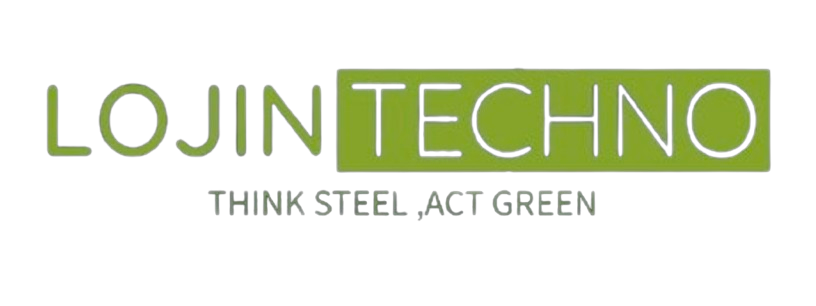The concept of a “direct hot rolling mill” refers to a type of rolling mill that eliminates the need for a separate reheating furnace before the rolling process.
Traditional hot rolling mills involve a reheating furnace where the metal (usually steel) is heated to a high temperature before being fed into the rolling mill.
The direct hot rolling mill aims to streamline this process by directly rolling the metal at an elevated temperature, eliminating the need for a separate reheating stage.
Advantages of a Direct Hot Rolling Mill:
- Energy Efficiency: –
- By avoiding the reheating stage, direct hot rolling mills can be more energy-efficient compared to traditional mills. This is because reheating furnaces consume a significant amount of energy.
- Material Yield: –
- By avoiding the reheating stage, direct hot rolling leads to an increase in the material yield by avoiding the scale produced due to the reheating of the billet feedstock.
- Reduced Greenhouse Gas Emissions: –
- Eliminating the reheating furnace can lead to a reduction in greenhouse gas emissions associated with the heating process. This aligns with sustainability goals and environmental regulations.
- Improved Process Control: –
- Direct hot rolling allows for more precise control over the temperature of the metal during the rolling process. This can result in better material properties and dimensional control of the final product.
- Time and Cost Savings:
- Direct hot rolling mills can reduce the overall processing time and costs by eliminating a separate reheating stage. This can enhance the efficiency of the manufacturing process.
- Increased Productivity: –
- The streamlined process of direct hot rolling may lead to increased productivity due to the elimination of the reheating step, allowing for a more continuous and efficient production flow.
The shift toward direct hot-rolling mills can be considered a part of ongoing advancements in metallurgical and manufacturing technologies. However, it’s important to note that the choice between a direct hot rolling mill and a traditional process depends on various factors, including the type of material being rolled, the required final product properties, and economic considerations.
While direct hot rolling mills offer advantages, reheating furnaces may still be relevant in certain applications or industries.
Continuous innovation and improvements in technology contribute to the ongoing evolution of steel and metal manufacturing processes, with an emphasis on efficiency, sustainability, and cost-effectiveness.

